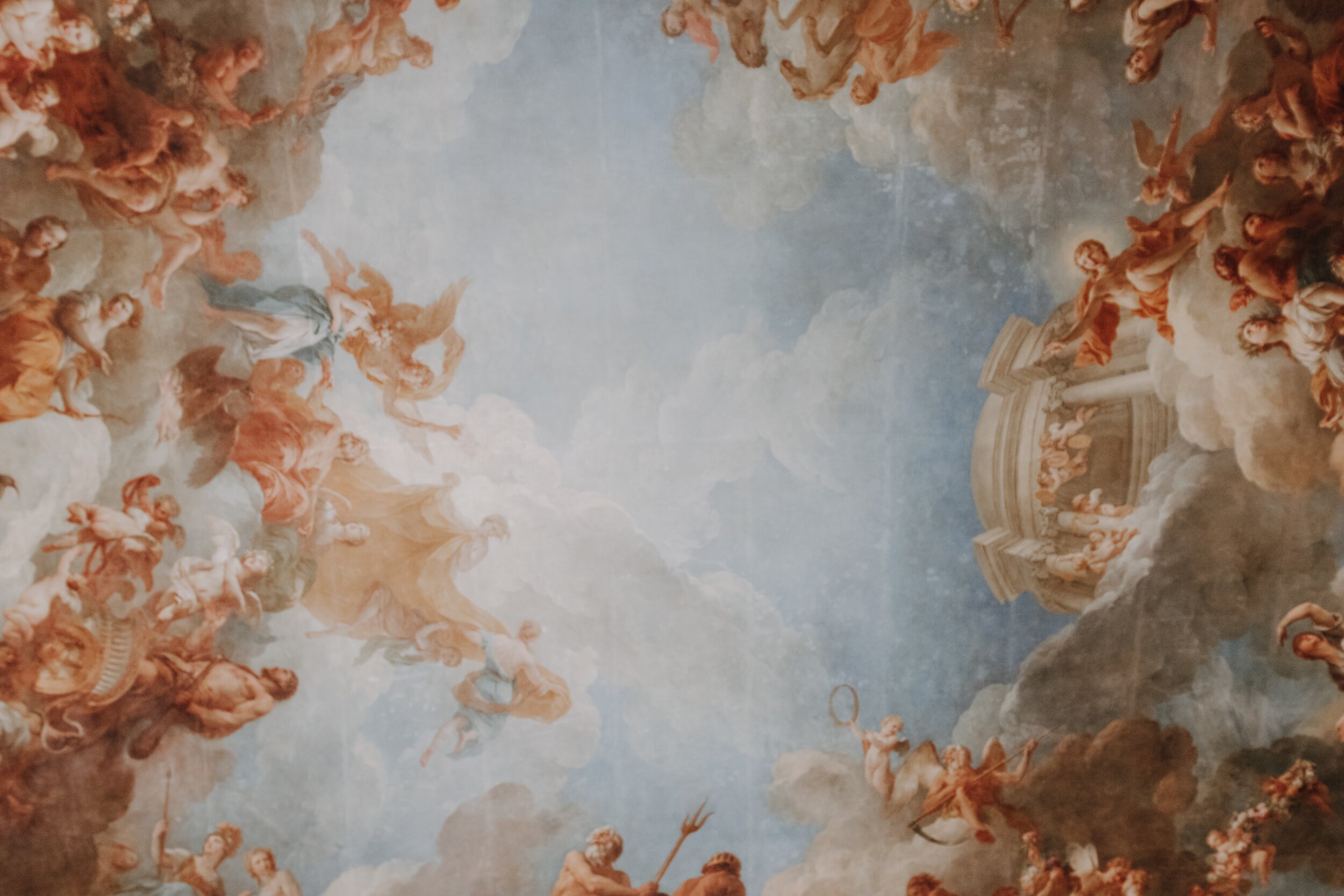Being A “Patron Of The Arts” In The Digital Age
By: Emily Sinclair Montague
Photo by Dimitar Belchev on Unsplash
In the so-called olden days - when bearded men wearing flowing tunics created statues of not-so-bearded men wearing nothing at all - artists had patrons.
These were wealthy people who regularly commissioned artists out of admiration for their work. It was expected that the aristocracy of any given nation would perform this role, as it was a source of cultural pride and a guarantee that these nobles would be immortalized through the art of masters.
These patrons were not merely occasional buyers of paintings, but rather sustained supporters who provided significant sums of money to those who created all forms of artistic work. Patrons were the people artists catered to, as these supporters would order personalized art that suited their own wants and needs.
Whether you were a poet, a portraitist, an architect, a muralist, or any other kind of creator, patronage used to be the way you guaranteed a viable career for yourself. If you wished to create work outside of the made-to-order kind, you had to establish yourself first through a network of patrons.
Art was the realm of the wealthy and the well-connected. Kings and Queens, Dukes and Barons and Duchesses — these were the titles attached to any patron worthy of note. It was not for the common crowd, who wasn’t believed to have any knowledge of artistic merit in the first place.
That was then. The picture looks very different now. The term “patron” itself is not used very often these days, though remnants of it can be found in the names of creator-support sites such as Patreon. In the digital age, patronage is more of a piecemeal endeavor than a significant investment in any one artist.
To define the modern patron, I will rely on the simple foundation of what patrons mean to creators.
In short, patrons are people who bond with artists. Many of us can claim this title. If you frequent an Etsy shop or regularly purchase the books or art of a specific creator, you are a patron of that creator. If you simply are a frequent purchaser of art in general, you are still a “patron of the arts.”
This title used to bring with it significant pride and prestige. Today it isn’t as lauded on a grander scale, but perhaps the time is right for that to change. After all, those who support the arts tend to be culturally aware, educated (either self- or otherwise), and dedicated to the notion that art has deep and eternal value to the human experience.
These are things that certainly ought to bring a sense of pride and admiration, if you ask the author of this piece. And in an age where there is so much noise and need and chaos, it is especially admirable to find people who are still serious about artistic merit and the integrity of creators.
Photo by Sincerely Media on Unsplash
Being a patron isn’t simply a matter of money, either. All of us who are dedicated followers of an artist’s online presence are patrons in some ways, and our engagement has real, tangible benefits for those creators.
As we boost the reputation of an artist, we significantly influence that artist’s career. The accumulation of reviews, connections, and engagement over time is the foundation for any creative career in today’s digital world. I would go as far as saying that anyone who believes they should support the arts has a duty to be actively engaged in the platforms used by their chosen artists — the same duties that the aristocracy once held on a national scale.
When you choose to be a patron of the arts, you are choosing to preserve more than art. You are protecting and enshrining values, principles, and culture, and this is a duty we all ought to take seriously. It has never been easier to perform this sacred trust than it is now.
To be a patron in the modern age is to follow blogs and social media accounts, to leave reviews, to spread the word and post when you enjoy a work of art in any context. It is to share fundraising appeals and take artistic merit seriously, rewarding it when you see it in any way you can.
Patronage is the radical act of being actively aware of your influence on the lives and work of artists all over the world. In a time when distractions are everywhere and values are in flux, this is a principle which says more about your character than anything else.
By preserving art, you preserve culture, and when you preserve culture you are by definition actively influencing it. You are tangibly affecting the values and morals that will live on for years, decades, and possibly even centuries.
Long after you have performed an act of support toward an artist, you are allowing a statement to exist about what is important and deserving of that support in this world.
And that is something which ought to be celebrated, don’t you think?
Author Bio
Emily Sinclair Montague is a professional freelance writer, author, and blogger from the Washington, D.C. area. She is a passionate supporter of the arts and women’s vital place in them, as well as the importance of creative activism and sustainable ethics.
She can be read frequently on her writing blog, Words of a Feather, or her lifestyle blog, Bougie on a Budget with Emily Sinclair. Her book series, The Jewel Chronicles trilogy, is available on Amazon.
The views, thoughts, and opinions expressed in this article belong solely to the author, and do not necessarily reflect the position of The Fem Word organization. Any content provided by our authors are based on their opinions and are not intended to malign any religion, ethnic group, club, organization, company, individual or anyone or anything.



